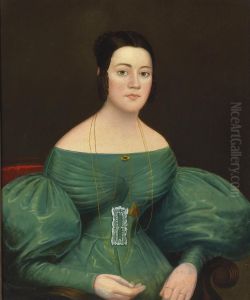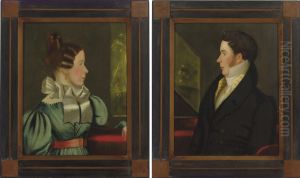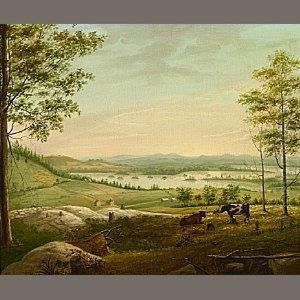John Samuel Blunt Paintings
John Samuel Blunt (1798–1835) was an American painter known for his landscape and marine painting, who worked primarily in New England. He was born in Portsmouth, New Hampshire and began his career as a self-taught artist, although some records suggest he may have received some informal training from other local artists.
Blunt's work is characterized by its detailed and realistic portrayal of the American Northeast landscape and seascapes. His paintings often depicted the rugged beauty of the New Hampshire coastline, as well as the serene New England countryside. Despite his talent, Blunt did not achieve widespread fame during his lifetime and remained a relatively obscure figure in American art history.
In the early 19th century, the United States was still establishing its own artistic identity, and artists like Blunt played a role in the development of American landscape painting. His style was influenced by the prevailing trends of the time, including the work of the Hudson River School, although he was not directly associated with this group of painters.
Blunt's artistic output was not prolific, and he struggled with financial instability throughout his life. However, his small body of work has been recognized posthumously for its contribution to the early American painting tradition. His paintings are now considered valuable for their historical significance and their representation of early American landscapes.
Despite the lack of extensive documentation on Blunt's life, his surviving works continue to be studied and appreciated by art historians and collectors. They offer a glimpse into the early 19th century American art scene and provide a window into the natural beauty that inspired artists of that era. John Samuel Blunt died in 1835, and while he did not leave a large footprint in the art world during his lifetime, his work has gained recognition over time as part of the rich tapestry of American art history.
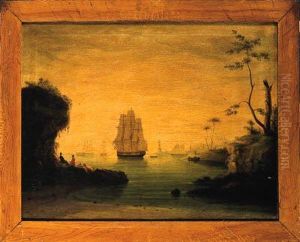

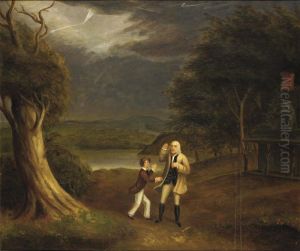


![Pair Of Portraits Of A Lady And A Gentleman: Possibly Martha[coggswell] And Franklin Colburn](https://www.niceartgallery.com/imgs/419521/s/john-samuel-blunt-pair-of-portraits-of-a-lady-and-a-gentleman-possibly-marthacoggswell-and-franklin-colburn-7494a8fd.jpg)
